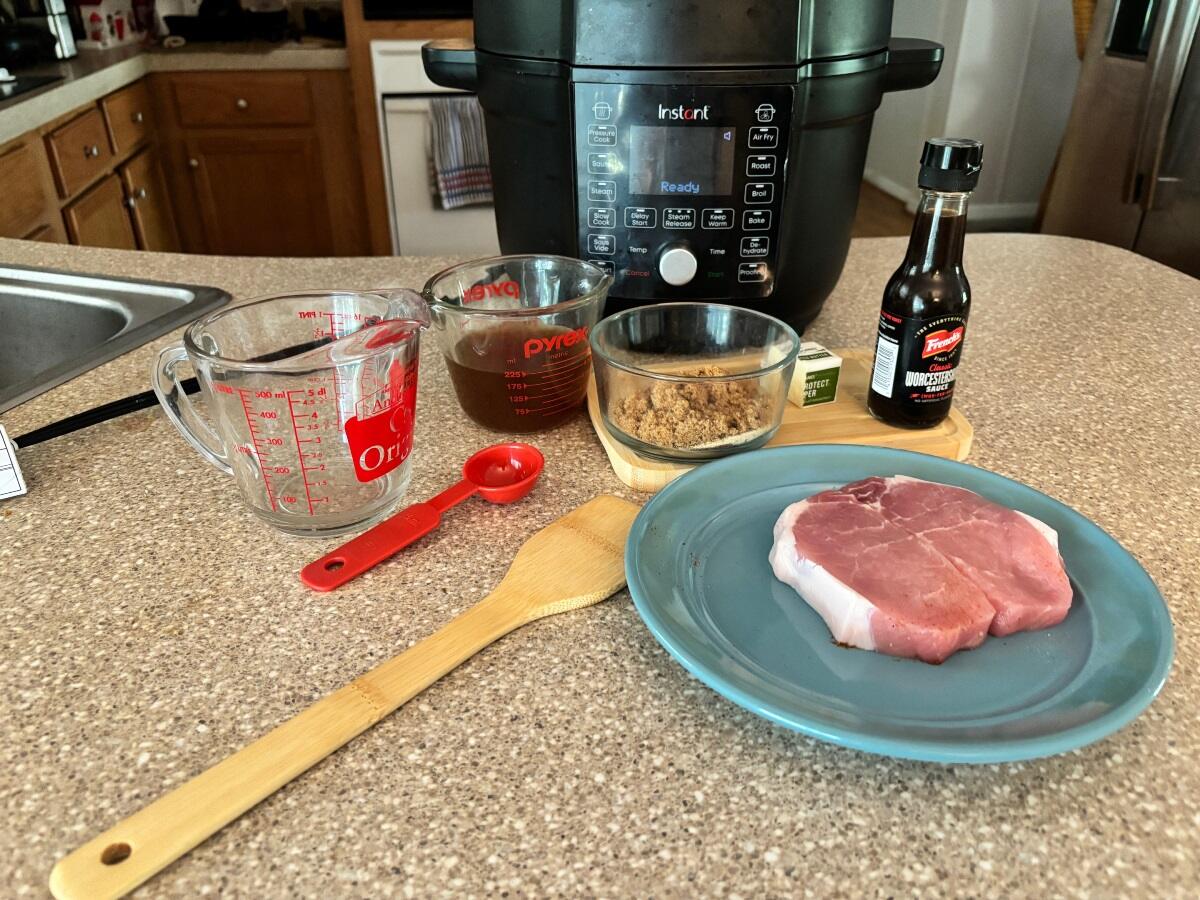
Hey there, fellow Instant Pot enthusiasts! I'm about to let you in on a game-changing secret that'll take your pressure cooking technique to a whole new level. It's called deglazing, and trust me, once you know how to deglaze Instant Pot, you'll never look back!
Deglazing is the key to unlocking the hidden flavors in your Instant Pot meals. It's the difference between a bland, forgettable dish and a mouthwatering, restaurant-quality masterpiece. And the best part? It's so easy, anyone can do it!
So, grab your Instant Pot, and let's get started on this flavor-packed journey of what deglazing is, and how to do it together. I promise, your taste buds will thank you!
Jump to:
What Is Deglazing and Why Is It Important in the Instant Pot?
If you're new to the Instant Pot game, you might be wondering what the heck deglazing even means. Trust me, I've been there. Deglazing is a crucial step in pressure cooking that involves adding liquid to the hot pot after sautéing or browning food. This liquid (think broth, wine, or even water) helps release those stubborn browned bits of stuck food down to the bottom of the pot.
How Deglazing Prevents the Burn Warning

Let me tell you, deglazing is your best friend when it comes to avoiding the dreaded "burn" warning on your Instant Pot display. I learned this the hard way when I first started using my IP. I'd brown some ground beef, toss in my other ingredients, and hit the pressure cook button, only to be greeted by that ominous "burn" message a few minutes later.
Turns out, those browned bits on the bottom of the pot can trigger the burn sensor if they're not properly scraped up and incorporated into the liquid. That's where deglazing comes in to save the day.
The Science Behind Deglazing
So, what's actually happening when you deglaze your Instant Pot? It all comes down to the Maillard reaction. This chemical reaction occurs when proteins and sugars are exposed to high heat, creating those delicious browned bits (aka fond) that stick to the bottom of your pot.
While these browned bits add tons of flavor, they can also create a barrier between the liquid in your pot and the heat sensor, triggering the burn warning. By deglazing the pot with a thin liquid, you're able to dissolve the fond and incorporate it back into your dish, preventing the burn notice and any burned residue from messing with the pressure cooking process.
Benefits of Deglazing in the Instant Pot
Aside from preventing the burn warning, deglazing also has some pretty sweet benefits for your Instant Pot meals:
1. It adds depth of flavor by incorporating those tasty browned bits back into your dish.
2. It makes cleanup a breeze by loosening any stuck-on food from the bottom of the pot.
3. It ensures your Instant Pot can properly come to pressure and cook your food evenly.
So, the next time you're wondering how to deglaze Instant Pot, just remember: add a splash of liquid, scrape up the fond, and let the pressure cooking work its magic.
Step-by-Step Guide to Deglazing Your Instant Pot

Alright, now that we know why deglazing is so important, let's break down how to actually do it. Trust me, it's easier than you might think.
Scraping the Bottom of the Pot
First things first, you'll want to use a wooden spatula or spoon to scrape the bottom of the pan and your Instant Pot insert. Make sure to really get in there and loosen up any browned bits that are stuck on. This is especially important if you've just used the sauté function to brown ground meats or sauté aromatics like onions and garlic.
Adding Liquid to Deglaze

Once you've given the bottom of the pot a good scrape, it's time to add your deglazing liquid. I typically reach for broth, wine, or even just water. You don't need a ton of liquid - usually about ¼ to ½ cup will do the trick. Just pour it in and use your spatula to gently scrape it up any remaining bits.
Releasing Pressure and Checking for Bits

After deglazing, you can add the rest of your ingredients and proceed with pressure cooking as usual. Once the cooking cycle is complete, do a quick release of the pressure and carefully remove the lid. Before serving, give the bottom of the pot a final check to make sure all the browned bits have been fully incorporated.
If you notice any stragglers, just give them a quick scrape with your spatula. And there you have it - a perfectly deglazed Instant Pot, ready to serve up some seriously flavorful meals. With a little practice, deglazing slow cooker will become second nature and you'll be able to kiss that pesky burn warning goodbye for good.
Tips and Tricks for Perfectly Deglazing Your Instant Pot Every Time
By now, you're probably feeling pretty confident in your deglazing skills. But there are a few tips and tricks I've learned over the years that can come in handy:
Related: Perfect Air Fryer Steak Tips: Easy, Juicy & Delicious
Using the Right Amount of Liquid

When it comes to deglazing, more isn't always better. You want just enough liquid to loosen the browned bits and create some steam for pressure cooking, but not so much that you water down your dish.
I've found that a good rule of thumb is to use about 1 tablespoon of liquid per cup of food in the pot. So, if you're cooking a recipe that calls for 2 cups of broth, you might deglaze with ¼ cup of wine before adding the remaining 1 ¾ cups of broth.
Avoiding Thick Sauces Without the Burn Warning

One of the biggest challenges with pressure cooking is avoiding the burn warning when making thicker sauces or stews. The key here is to make sure you have enough thin liquid in the pot before adding any thicker ingredients like tomato paste or spaghetti sauce.
I like to start by deglazing with a splash of broth or water, then adding my thinner liquids before stirring in any thicker ingredients. This helps ensure everything is well-incorporated and there's no risk of anything burning on the bottom of the pot.
When to Deglaze During the Cooking Process
Knowing when to deglaze is just as important as knowing how to do it. I always deglaze after using the sauté function and before pressure cooking, but there are a few other times it can come in handy:
1. After browning meats: If you're making a recipe that calls for browning meat before pressure cooking (like a pot roast or chili), be sure to deglaze the pot with a splash of liquid before adding the rest of your ingredients.
2. When switching from sauté to pressure cook: If your recipe has you sauté aromatics before pressure cooking, give the pot a quick deglaze before sealing the lid to make sure nothing is stuck to the bottom.
3. After a natural pressure release: If you've cooked something particularly sticky (like cream puffs or a sweet sauce), you may want to do a quick deglaze after releasing the pressure to make sure nothing is stuck to the bottom of the pot.
Also read: How To Reset Instant Pot - Handy Tips & Tricks
Common Mistakes to Avoid When Deglazing the Instant Pot
Deglazing your Instant Pot is a game-changer, but there are a few pitfalls to watch out for. Trust me, I've made these mistakes myself and learned the hard way.
Not Adding Enough Liquid

One of the most common mistakes when deglazing an Instant Pot is not adding enough liquid. You might think a splash or two will do the trick, but that's often not enough to fully deglaze and prevent the dreaded burn warning.
I remember the first time I tried to make spaghetti squash in my Instant Pot. I sautéed some garlic and onions, added the squash, and then barely deglazing before pressure cooking. Big mistake.
The high water content in the squash wasn't enough liquid on its own. The result? My Instant Pot wouldn't come to pressure and I got the burn message. Lesson learned - always make sure there's enough thin liquid to properly deglaze, at least ¼ to ½ cup.
Forgetting to Deglaze
Another common mistake is simply forgetting to deglaze altogether. It's easy to get caught up in the excitement of pressure cooking and skip this crucial step, especially if you're a newbie.
But trust me, deglazing is NOT optional if you've used the sauté function. Skipping it is a surefire way to end up with burnt bits stuck to the bottom, which can trigger the burn warning and ruin your meal.
Deglazing with the Wrong Liquids

Not all liquids are created equal when it comes to the Instant Pot deglazing method. Using the wrong type can actually make things worse instead of better. Thick, viscous liquids like honey, soy sauce, or sesame oil can actually scorch and make the problem worse.
Acidic liquids like lemon juice or vinegar can react with the stainless steel pot and give your food a metallic taste. Stick to thin liquids like broth, water, wine, or even beer for best results when you deglaze Instant Pot. Always add them when the pot is still hot for maximum deglazing power.
Conclusion
And there you have it, folks! The secret to creating incredibly flavorful meals in your Instant Pot: deglazing. By taking a few extra minutes to scrape up those browned bits and incorporate them into your dish, you'll make your dishes even tastier!
Remember, deglazing is the key to preventing the dreaded "burn" warning, keeping your pot clean, and infusing your meals with rich, complex flavors. So, the next time you're whipping up a dish in your Instant Pot, don't forget to deglaze! Your family and friends will be begging for your secret. Happy pressure cooking!





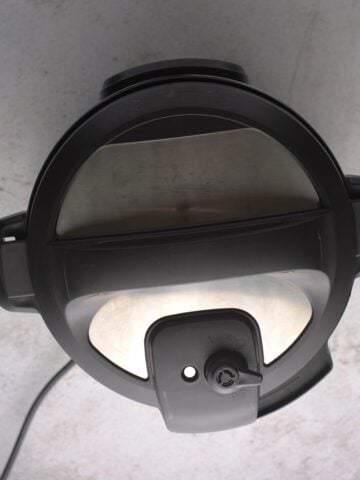
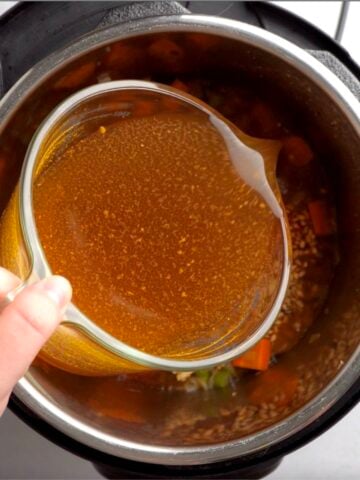
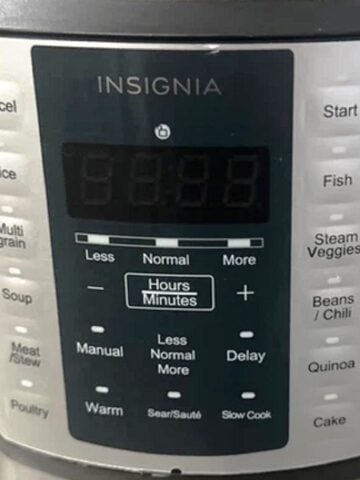
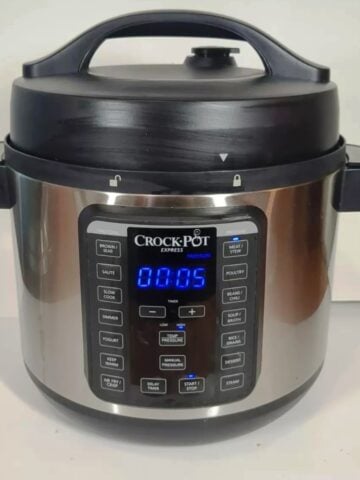
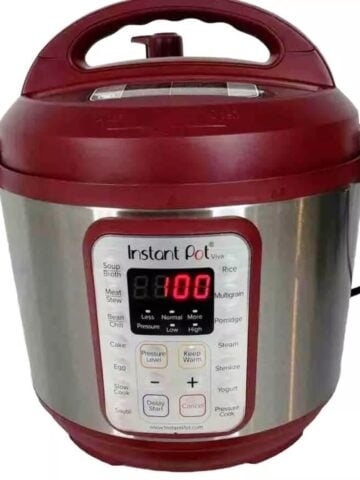
Leave a Reply